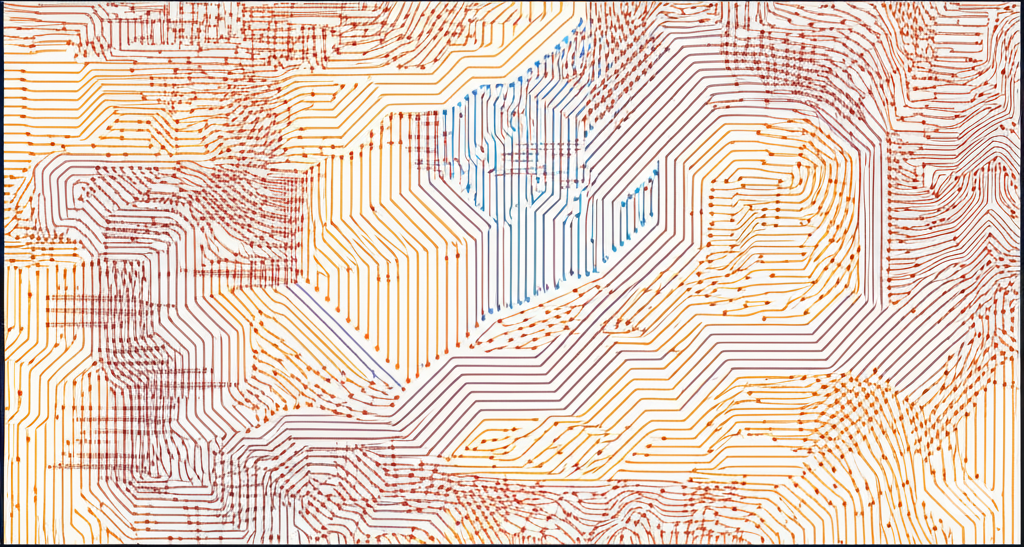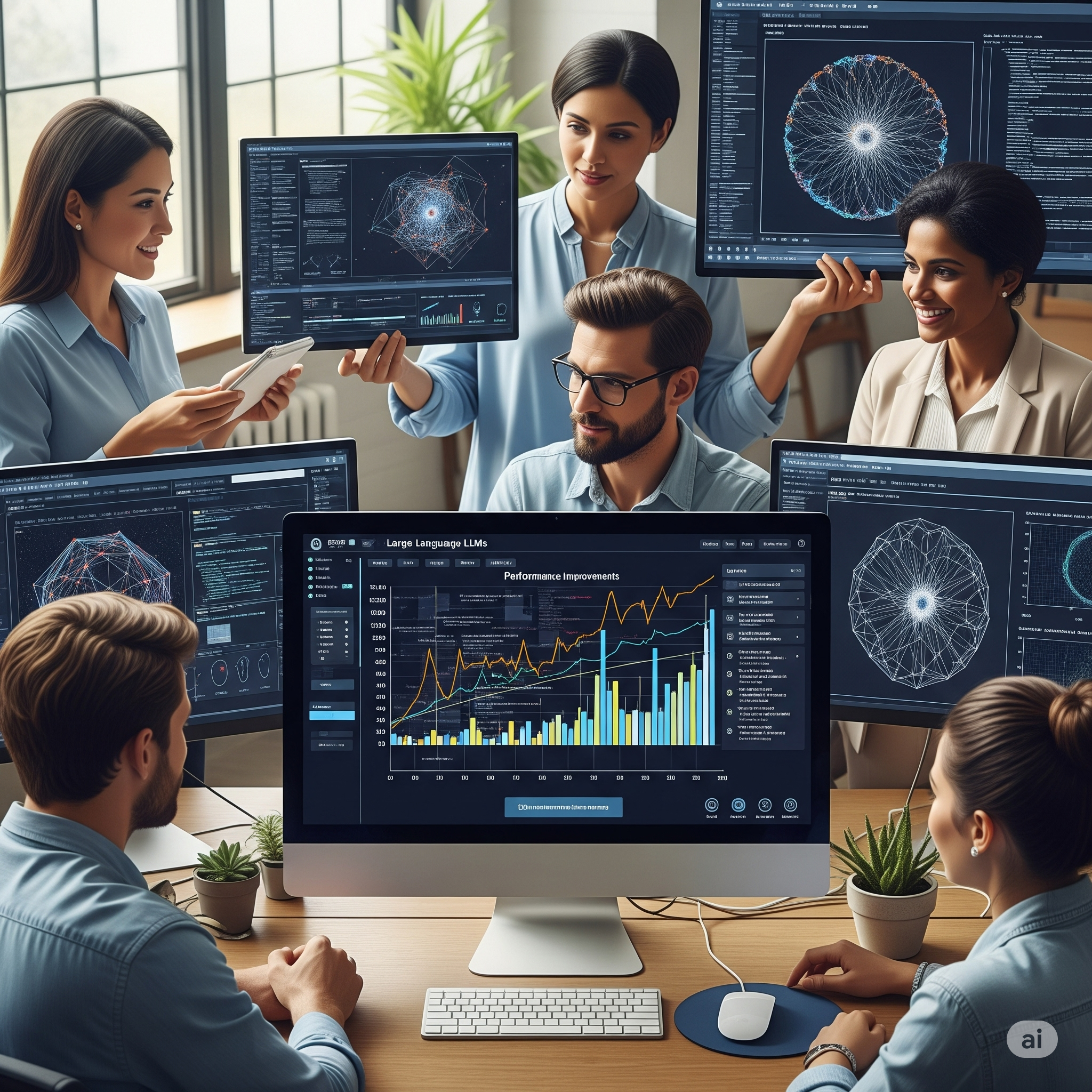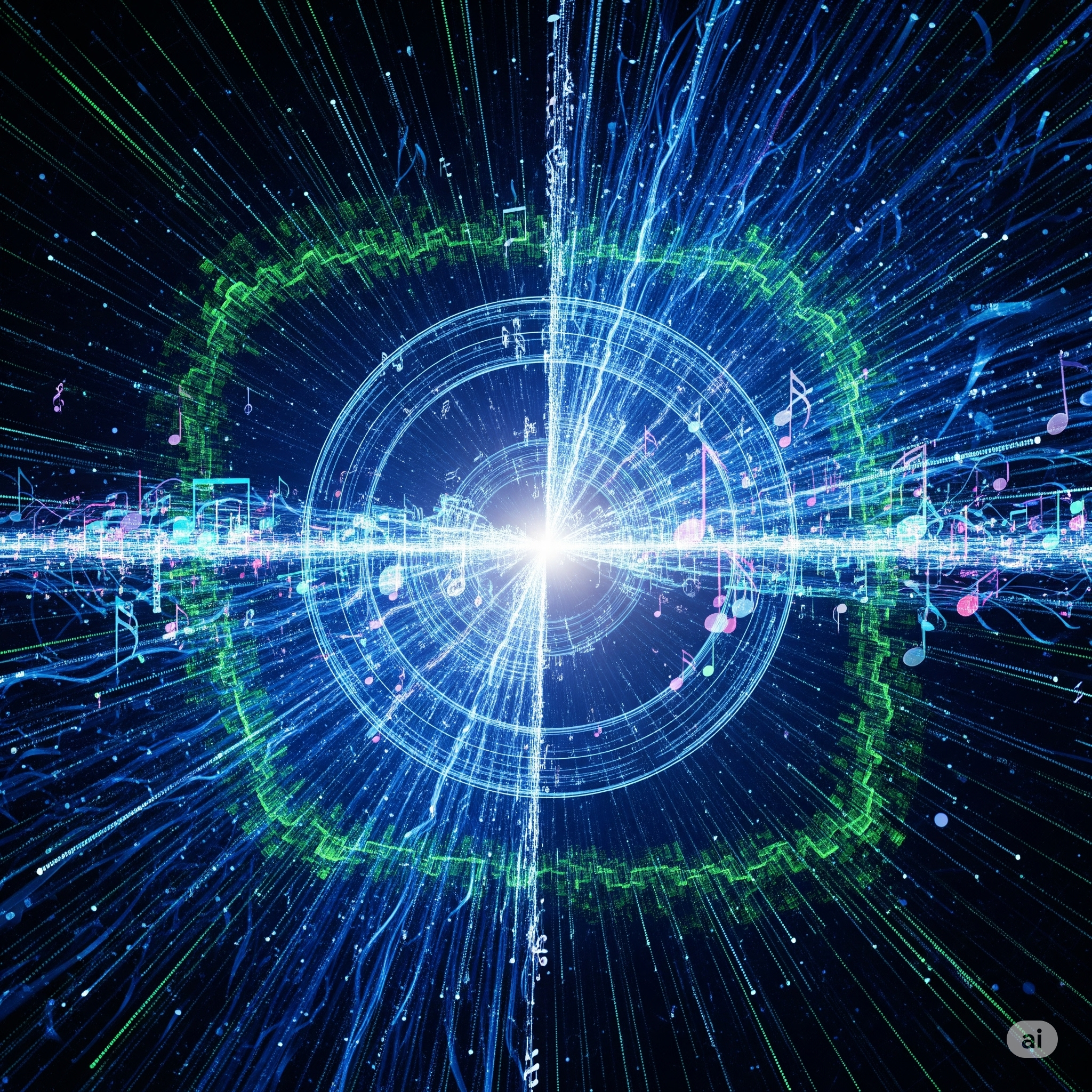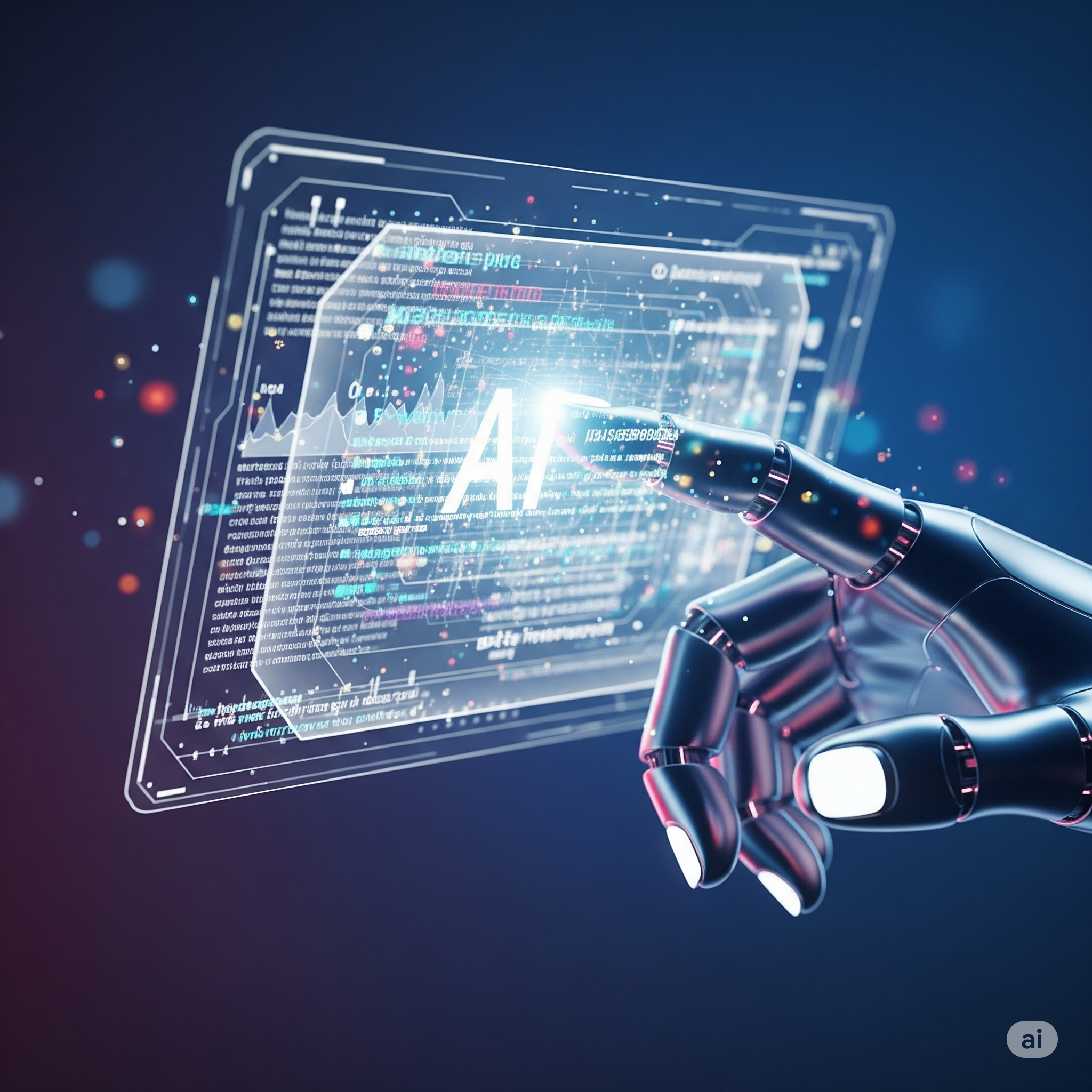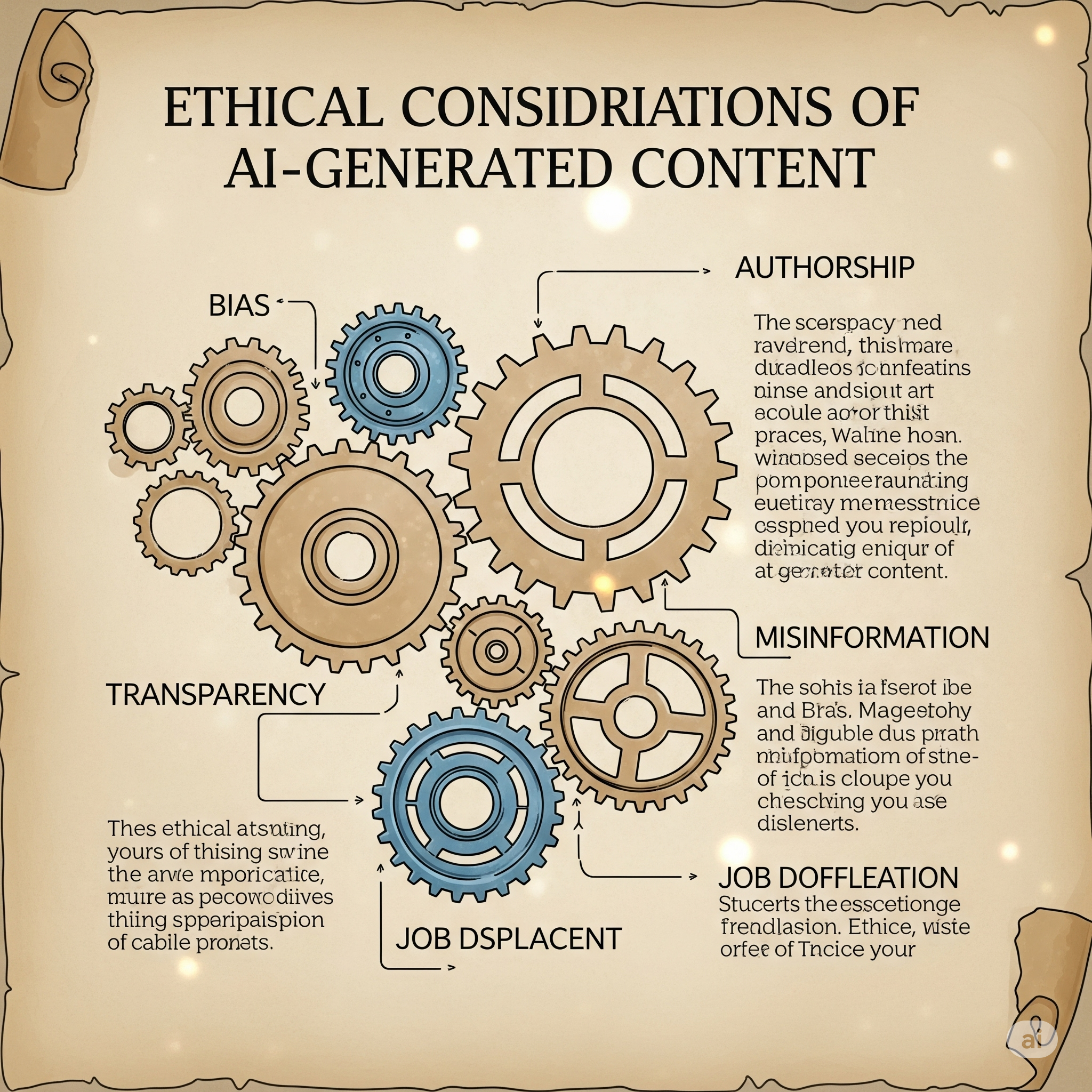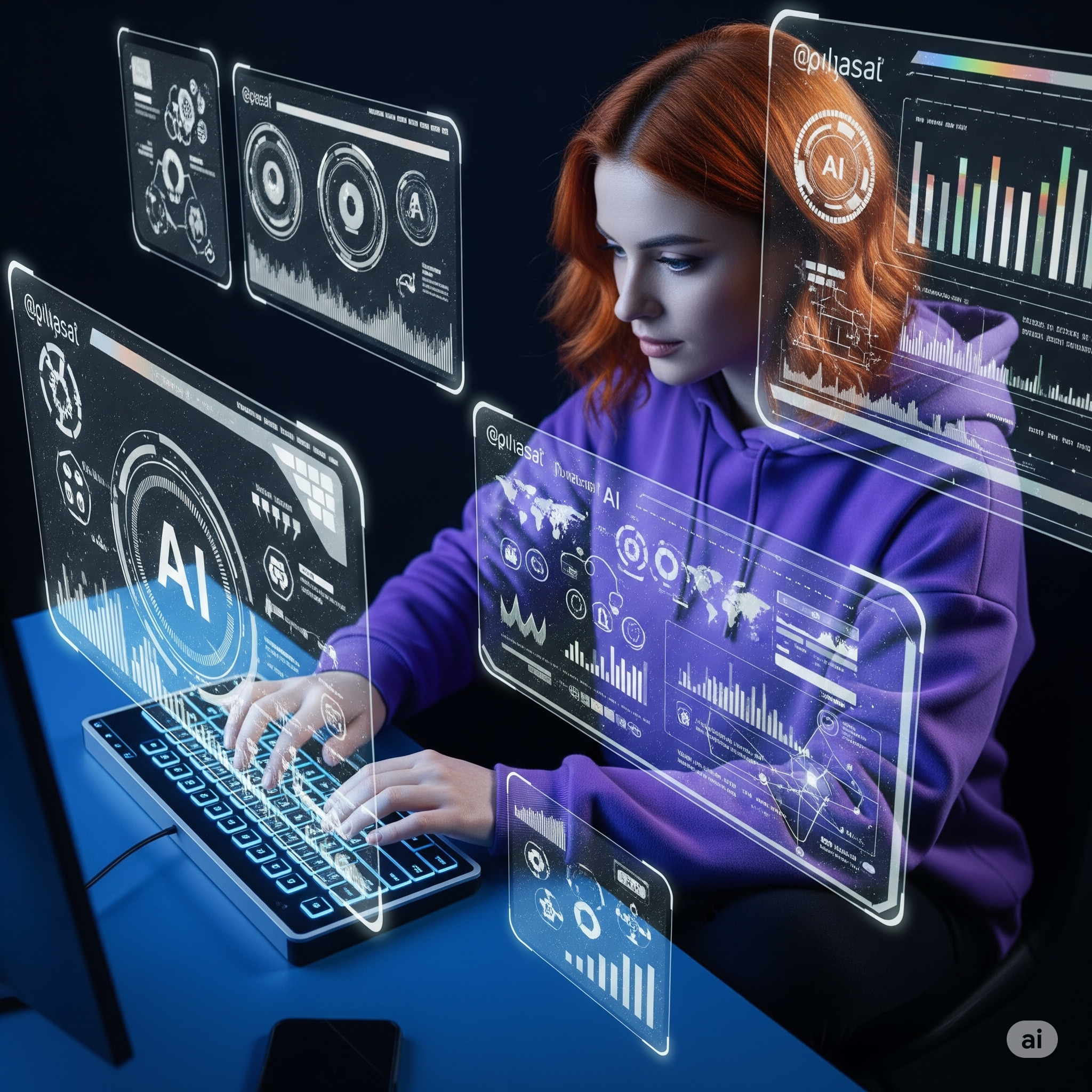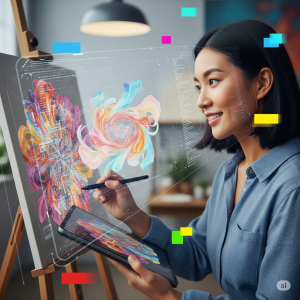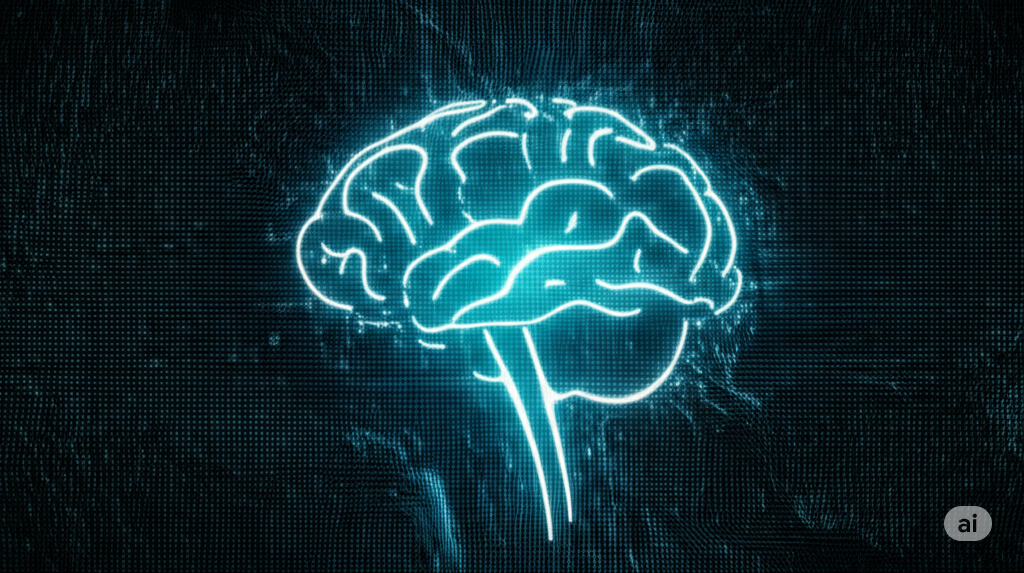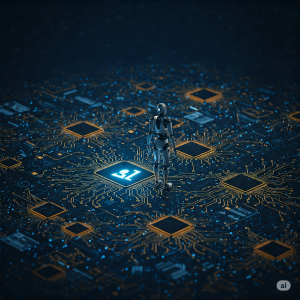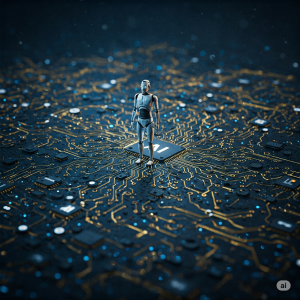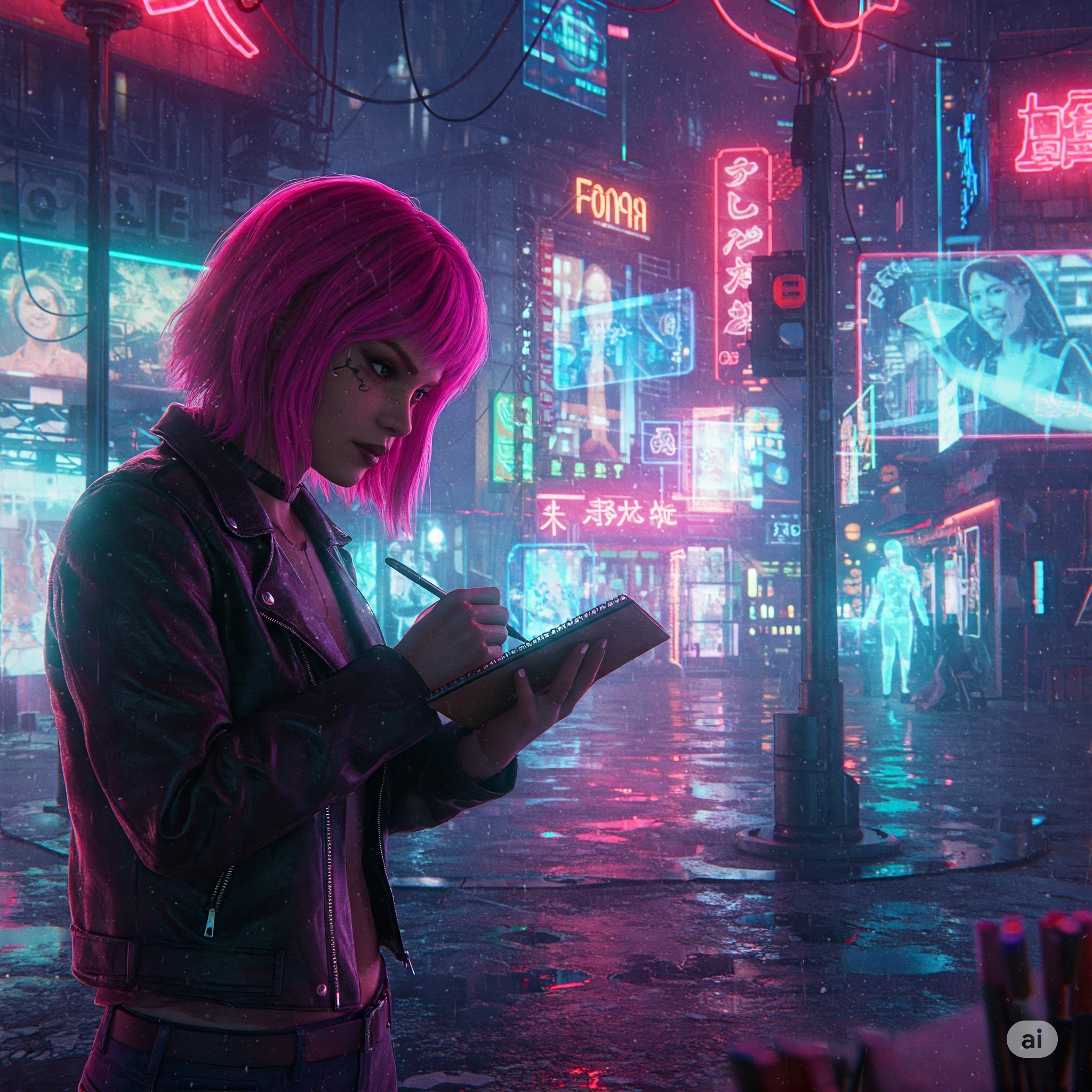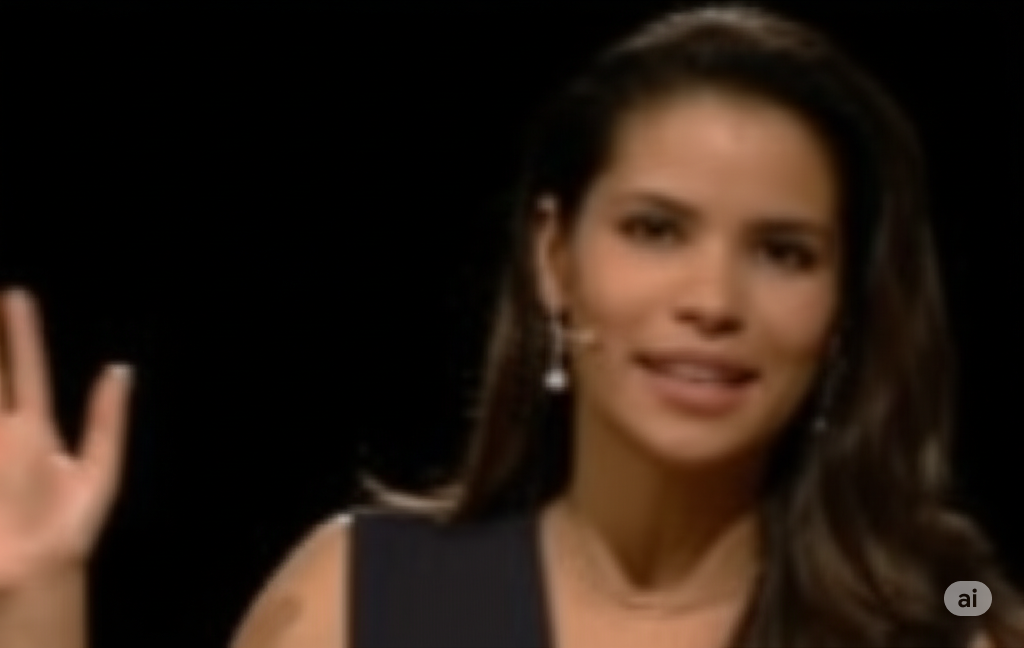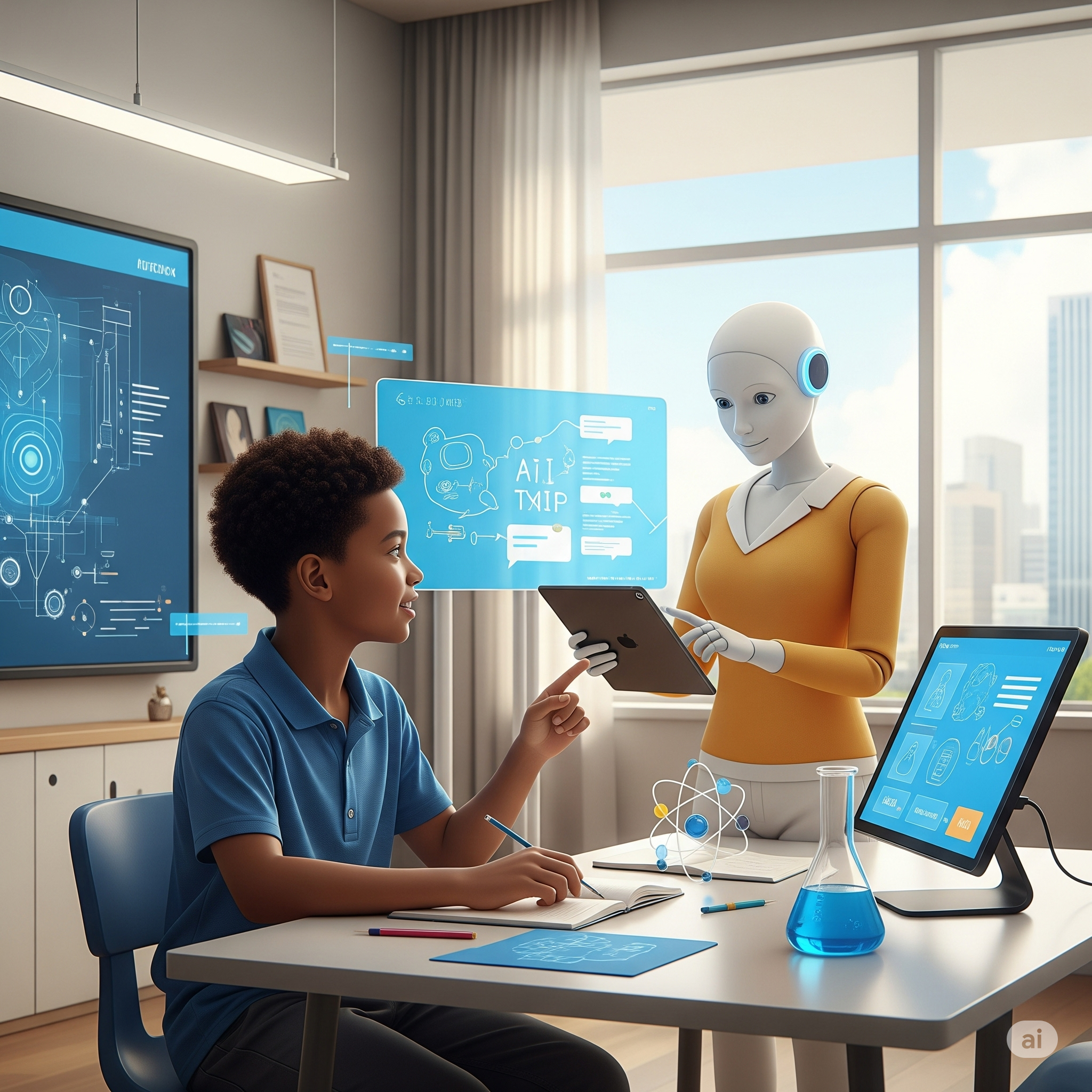For centuries, artists have sought inspiration from muses – individuals, experiences, or even fleeting moments that ignite their creative spark. But what happens when the muse isn’t a person, but an algorithm? As artificial intelligence continues to evolve, its role in the artistic process is shifting from a mere tool to a potential collaborator, a “muse in the machine.”
The idea might seem unconventional, even unsettling to some. Can a non-sentient entity truly inspire art? Can it contribute meaningfully to the deeply human act of creation? The answer, it seems, is a resounding yes, albeit in ways we are only beginning to understand.
AI as a Creative Partner:
AI is already making waves across various artistic disciplines:
- Music Composition: AI algorithms can generate original musical pieces in diverse styles, offering composers new melodic ideas, harmonic progressions, and rhythmic patterns to build upon.
- Visual Arts: AI image generators can create stunning and often surreal visuals from textual prompts, providing artists with a starting point for paintings, digital art, and design.
- Writing and Storytelling: As demonstrated by Gemini Writes, AI can assist with drafting text, suggesting plot points, and even generating different stylistic variations, offering writers a powerful brainstorming partner.
- Game Development: AI can create dynamic game environments, design challenging AI opponents, and even assist in generating narrative elements.
The Nature of Collaboration:
The collaboration between human artists and AI is not about one replacing the other. Instead, it’s a synergistic partnership where each brings unique strengths to the table:
- Human Artists: Provide the initial vision, emotional depth, conceptual framework, and the crucial element of human experience and interpretation. They guide the AI, curate its output, and infuse the work with their personal touch.
- AI: Offers vast computational power, the ability to analyze and synthesize massive amounts of data, the generation of novel and unexpected ideas, and the tireless execution of complex tasks.
The Creative Feedback Loop:
The interaction between artist and AI often involves a creative feedback loop. The artist provides a prompt or direction, the AI generates output, the artist evaluates and refines the output, and this refined input is fed back into the AI for further iteration. This process can lead to artistic outcomes that neither the human nor the AI could have achieved independently.
Challenges and Opportunities:
Of course, the integration of AI into the arts also presents challenges. Questions of authorship, originality, and the very definition of art are being actively debated. However, these challenges are intertwined with immense opportunities:
- Democratization of Art: AI tools can empower individuals without traditional artistic training to express their creativity.
- Pushing Creative Boundaries: AI can help artists explore new styles, techniques, and concepts that might have been previously unimaginable.
- New Forms of Artistic Expression: The collaboration between humans and AI could lead to the emergence of entirely new art forms.
The Future is Collaborative:
The muse in the machine is not a replacement for human inspiration, but rather an augmentation, a partner in the ongoing evolution of art. As AI continues to develop, its role as a creative collaborator will only become more significant, promising a future where the boundaries of artistic expression are pushed further than ever before. The symphony of human imagination and artificial intelligence is just beginning to play.
